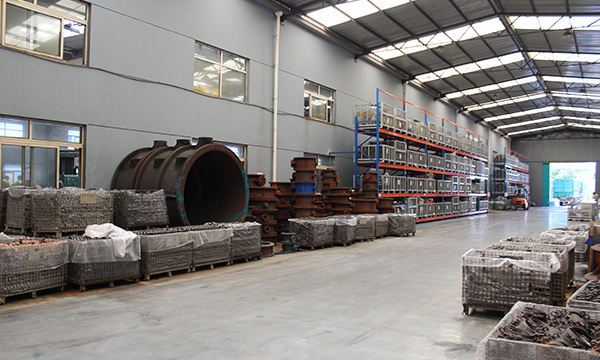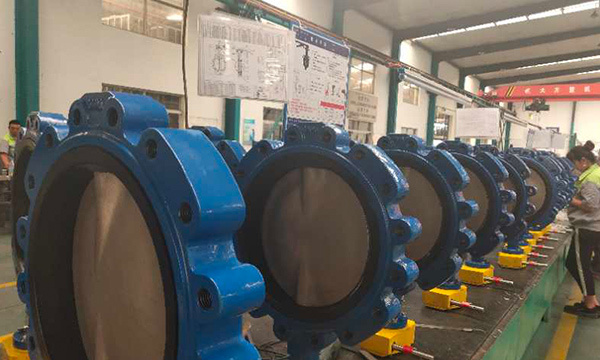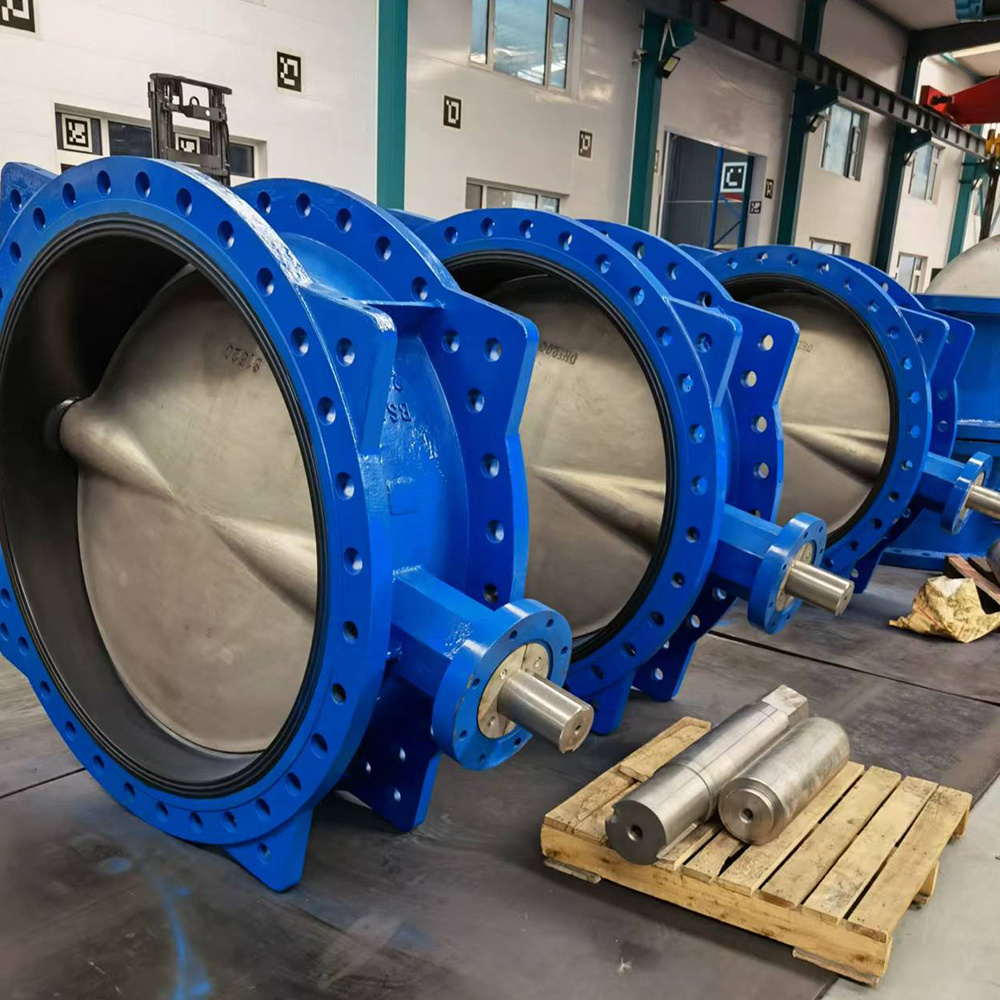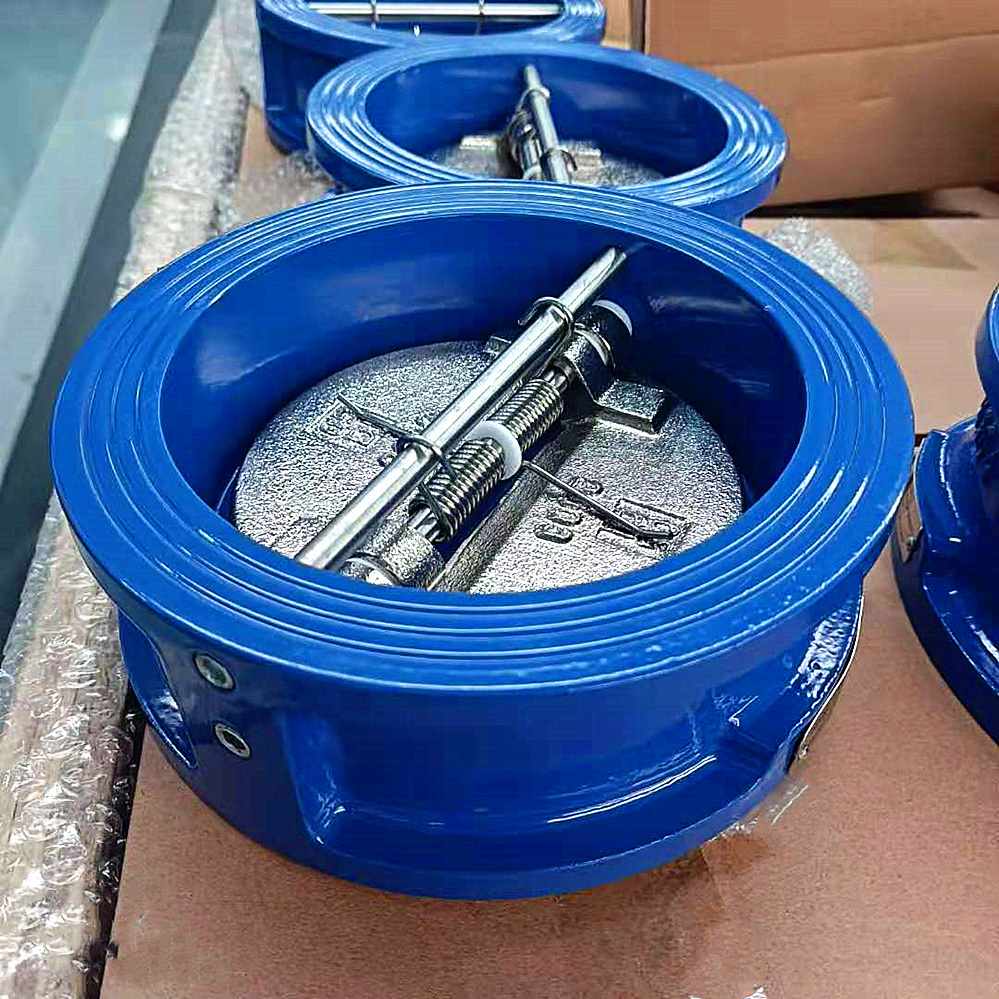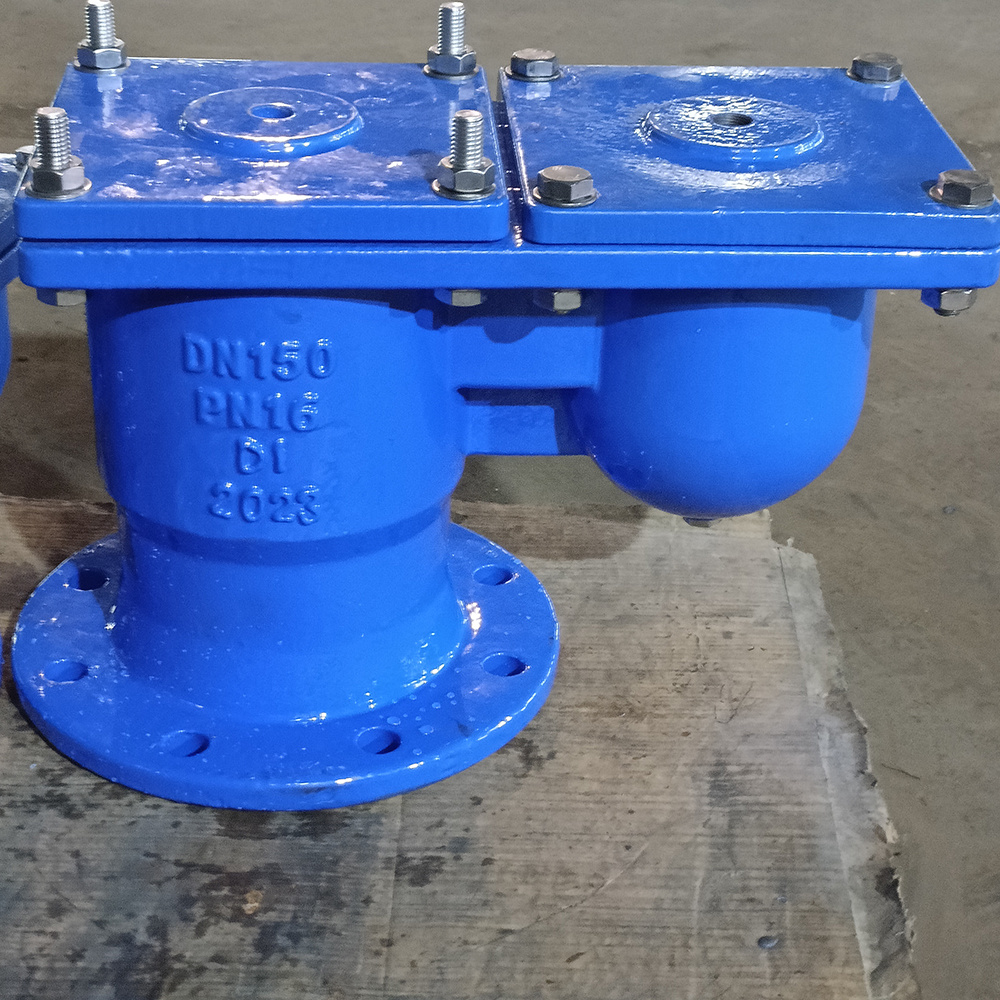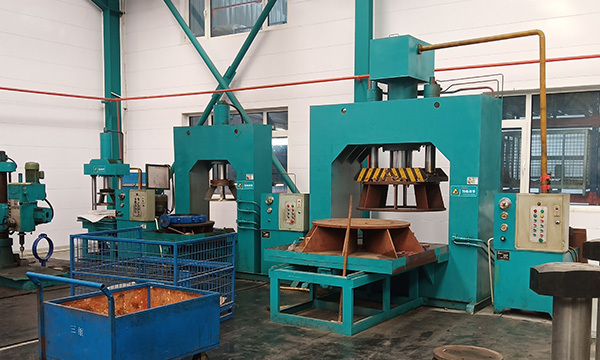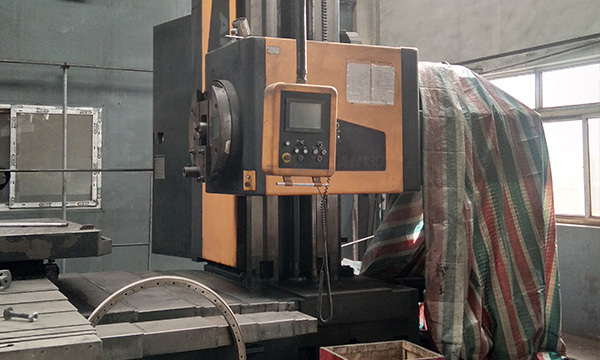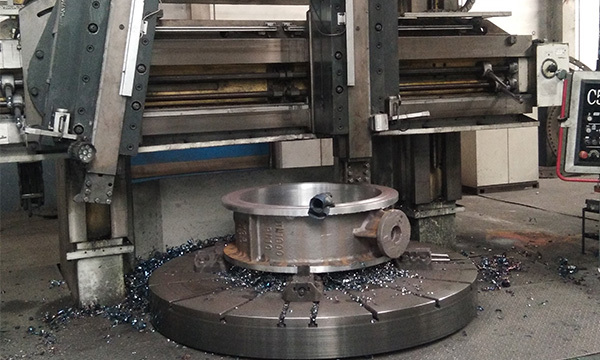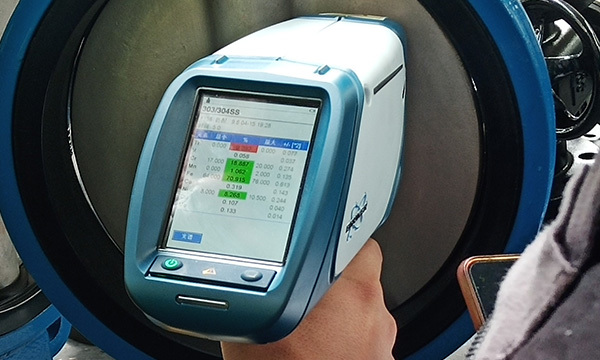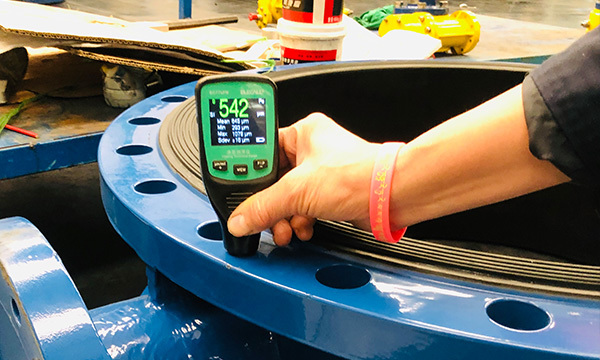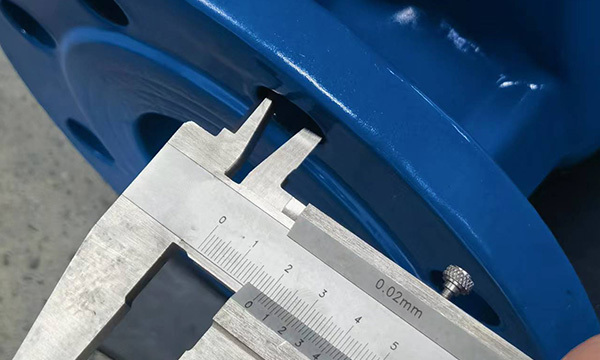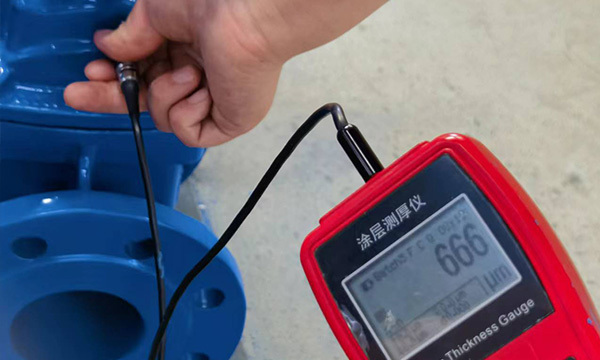The Evolution of Rubber Seated Butterfly Valves: A Comprehensive Insight into Modern Applications
2025-08-01
The Evolution of Rubber Seated Butterfly Valves: A Comprehensive Insight into Modern Applications
Table of Contents
- Introduction to Rubber Seated Butterfly Valves
- The Historical Development of Butterfly Valves
- Understanding the Design Principles of Rubber Seated Butterfly Valves
- Materials Used in Rubber Seated Butterfly Valves
- Modern Applications of Rubber Seated Butterfly Valves
- Advantages of Rubber Seated Butterfly Valves
- Maintenance Tips for Rubber Seated Butterfly Valves
- Future Trends in Rubber Seated Butterfly Valve Technology
- Conclusion
- Frequently Asked Questions
Introduction to Rubber Seated Butterfly Valves
Rubber seated butterfly valves play a crucial role in fluid control systems. These valves are designed to regulate the flow of liquids and gases through a pipe, featuring a circular disc that rotates around a central axis. When the valve is closed, the disc obstructs the flow, while turning it allows fluid passage. This simple yet effective mechanism has evolved significantly, particularly with the introduction of rubber seats, enhancing performance and durability.
The Historical Development of Butterfly Valves
The journey of butterfly valves can be traced back to ancient civilizations, where rudimentary versions were used in water management systems. Over the decades, the design and materials have evolved, leading to the modern rubber seated variant. The introduction of rubber seating in the 20th century marked a significant milestone, as it provided better sealing properties and resistance to wear and tear.
The Shift from Metal to Rubber Seatings
Initially, butterfly valves were constructed with metal seats, which often led to leakage and inefficiency. The transition to rubber seated designs allowed for a tighter seal and improved performance in various applications. The inherent flexibility of rubber accommodates slight pipe misalignments and enables better sealing under varying pressure conditions.
Understanding the Design Principles of Rubber Seated Butterfly Valves
The design of rubber seated butterfly valves is characterized by several key features that enhance their functionality.
1. Disc Mechanism
The disc is the core component of the butterfly valve, typically made of either metal or composite materials. The rubber seat is attached to the disc, ensuring a leak-proof seal when the valve is closed.
2. Actuation Methods
Rubber seated butterfly valves can be operated manually or automatically. Manual valves are operated using a lever, while automatic versions utilize electric or pneumatic actuators, allowing for remote control and integration into automated systems.
3. Body Designs
The bodies of rubber seated butterfly valves are usually designed in a way that minimizes pressure drop across the valve. Common configurations include wafer, lug, and flanged designs, each suitable for specific installation conditions.
Materials Used in Rubber Seated Butterfly Valves
The choice of materials in manufacturing rubber seated butterfly valves is paramount to their performance and longevity.
1. Valve Body Materials
The body of the valve is often made from ductile iron, stainless steel, or plastic, depending on the application. Ductile iron provides strength and durability, while stainless steel offers excellent corrosion resistance.
2. Rubber Seat Materials
The rubber used in the seats can vary, with EPDM, NBR, and FKM being the most common types. Each rubber type has unique properties, making them suitable for different temperature ranges and chemical environments.
Modern Applications of Rubber Seated Butterfly Valves
Rubber seated butterfly valves are utilized in a wide range of industries, showcasing their versatility and efficiency.
1. Water and Wastewater Treatment
In water treatment facilities, these valves regulate the flow of water and chemicals, ensuring efficient processing and distribution. Their ability to handle varying pressures and temperatures makes them ideal for this application.
2. Chemical Processing
The chemical industry relies on rubber seated butterfly valves for their excellent corrosion resistance. They are used in various processes, from mixing to transportation of chemicals, where precise flow control is essential.
3. HVAC Systems
In heating, ventilation, and air conditioning (HVAC) systems, rubber seated butterfly valves are integral for regulating airflow and maintaining system efficiency. Their lightweight design allows for easy installation and maintenance.
4. Food and Beverage Industry
Sanitary rubber seated butterfly valves are crucial in the food and beverage sector, where hygiene and compliance with safety standards are paramount. They ensure safe and efficient transfer of liquids while preventing contamination.
5. Oil and Gas Industry
In the oil and gas sector, these valves are used to manage the flow of crude oil, natural gas, and other fluids. Their ability to withstand high pressure and corrosive environments makes them indispensable.
Advantages of Rubber Seated Butterfly Valves
Rubber seated butterfly valves offer several benefits in various applications:
1. Cost-Effectiveness
These valves are generally more affordable compared to other valve types, making them a popular choice for budget-conscious projects without compromising quality.
2. Low Maintenance
Their robust design and durable rubber seats require minimal maintenance, reducing downtime and operational costs for industries.
3. Versatility
Rubber seated butterfly valves can be used in a variety of applications across different industries, demonstrating their adaptability to specific needs.
4. Efficient Flow Control
The design of these valves allows for precise control of fluid flow, ensuring optimal operational efficiency in various processes.
Maintenance Tips for Rubber Seated Butterfly Valves
While rubber seated butterfly valves are low maintenance, implementing regular checks can extend their lifespan and enhance performance.
1. Regular Inspections
Conduct routine inspections to identify any wear or damage to the rubber seat and disc. Early detection can prevent costly repairs and replacements.
2. Cleaning Procedures
Keep the valves clean from debris and corrosive materials that may affect their operation. Routine cleaning can prevent buildup that may hinder performance.
3. Lubrication
For manual actuated valves, lubricating the stem can ensure smooth operation and prevent wear.
4. Testing the Seal
Periodically test the valve for leaks, especially in critical applications, to ensure that they maintain their sealing integrity.
Future Trends in Rubber Seated Butterfly Valve Technology
The future of rubber seated butterfly valves looks promising as technology continues to evolve.
1. Smart Valves
The integration of IoT technology is expected to enhance the functionality of butterfly valves, allowing for remote monitoring and control, leading to improved operational efficiency.
2. Advanced Materials
Research into new materials that offer better performance under extreme conditions is ongoing. Innovations in rubber compounds could lead to valves with enhanced durability and chemical resistance.
3. Sustainability Initiatives
As industries move towards sustainability, the development of eco-friendly materials and manufacturing processes for rubber seated butterfly valves will play a crucial role in meeting environmental standards.
Conclusion
Rubber seated butterfly valves have come a long way since their inception, evolving to meet the demands of modern industries. Their efficient design, versatility, and low maintenance needs make them an essential component in various applications. As we advance technologically, these valves are set to become even more integral, paving the way for improved fluid control systems that prioritize efficiency and sustainability.
Frequently Asked Questions
1. What industries commonly use rubber seated butterfly valves?
Rubber seated butterfly valves are widely used in water treatment, chemical processing, HVAC systems, food and beverage, and the oil and gas industry.
2. How do rubber seated butterfly valves differ from traditional valves?
They offer better sealing capabilities, lower pressure drops, and are generally more cost-effective compared to traditional metal-seated valves.
3. What maintenance is required for rubber seated butterfly valves?
Regular inspections, cleaning, lubrication, and leak tests are recommended to ensure optimal performance and longevity.
4. Can rubber seated butterfly valves be used for high-temperature applications?
Yes, specific rubber materials are designed to withstand high temperatures, but it’s essential to choose the right type for your application.
5. What are the advantages of using rubber seated butterfly valves?
They provide cost-effectiveness, low maintenance, versatility, and efficient flow control, making them a popular choice across various industries.
rubber seated butterfly valve


